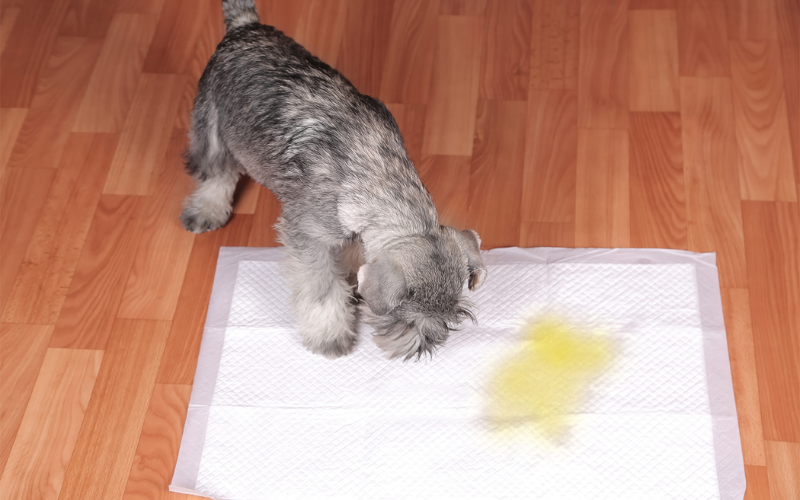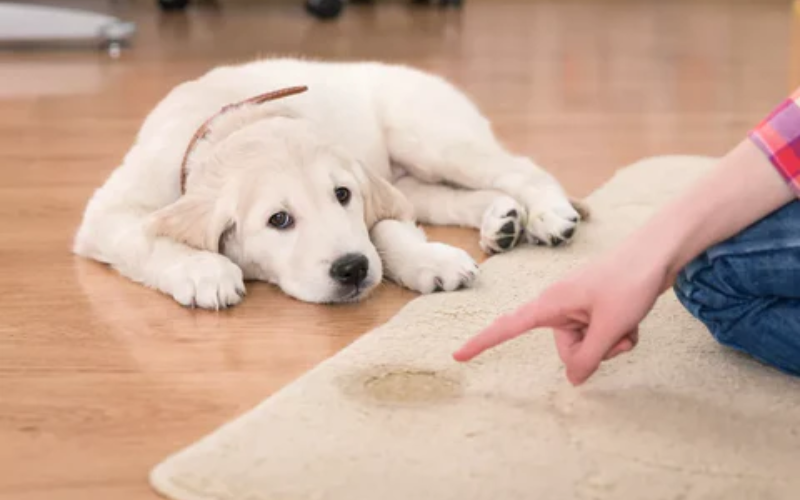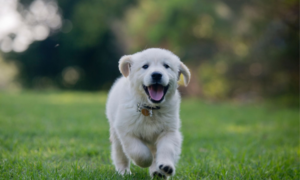Few people consider this while shopping for a dog for the first time. Even little appears to depend on it. However, when the time comes, you may find yourself asking, “How long can I leave him alone at home?” You shouldn’t leave your dog unsupervised for long, even after you’ve fed and exercised him.
That’s because you don’t want your dog to urinate anywhere within your house, and it needs to go. Knowing how long your dog can hold his feces will allow you to plan your arrival home accordingly. There will be a need to discuss this at some point.
Whether you have to leave the house for work or you just want to go out for the evening, there will come a time when you have to leave your dog alone at home. So, how long can a dog hold its pee?
How Long Can a Dog Hold Its Pee?
It’s a case-by-case basis, which is the standard answer. The primary influences are the dog’s size, age, health, food, stress level, training, and environmental temperature changes throughout the year. There are several notable variations between canine species.
There is no way to predict how long it will be before two healthy dogs of the same size, age, and diet need to go outside to relieve themselves. A mature dog of at least a year’s age typically has a bladder hold of 6-8 hours. That’s why they have to go to the bathroom three to five times a day.
Both young and senior dogs have a shorter bladder capacity, so they have to go to the bathroom more often. Let’s get into some specifics based on the foregoing considerations.
On What Factors Can Dogs Hold Their Pee?
Age
Puppies have undeveloped and undersized bladders, thus they can’t hold their urine for very long. Moreover, because they are still young (just a few months old), the muscles they use to control their feces aren’t very strong. Many sources claim that after a month of age, a dog can hold its stool for up to an hour. For every month it lives, it gains an extra hour of bladder control.
At two months old, it has a pee storage capacity of two hours, at three months of age, it can hold its urine for three hours, and so on. At 8 months old, it has a urinary retention time of up to 8 hours, which is close to the limit. Some sources, however, argue that this 1 month equals 1-hour rule isn’t really accurate because each dog is different.
This is correct because dogs of the same age might have varying degrees of strength in their bladder muscles. Nonetheless, the vast majority of people insist that the 1 month equals 1-hour rule is still mostly accurate. So, how long can a dog hold its breath, taking into account its age? A summary is provided in the table below.

Size
So far, so simple. A dog’s ability to carry it indicates its size. This is because larger dogs have more room in their bladders. A young dog, however, has a limited capacity for holding its urine. Puppies of even the largest dog breeds—like the Great Dane, Mastiff, or Saint Bernard—need to go outside frequently to eliminate.
Diet
This is another important factor in determining how long your dog will remember it. Moisture-rich meals will increase your dog’s need to go to the bathroom. Fruits, vegetables, canned meat, and raw meat are all examples of foods that are rich in water content. Because these foods contain a lot of water, he finds that his bladder fills up quite rapidly after eating them.
However, you shouldn’t worry about giving these to your dog because they are nutritious. They help your pet digest food and keep them hydrated. In fact, if your dog eats moist food, it won’t need to drink as much water during the day. It’s not always a good idea to give him dry food just so he can cut down on urination. If you want a contented and healthy dog, feed him plenty of meat and other meals that are high in moisture.
Seasonal Temperature Changes
This one ought to be easily comprehended. Summers are longer and hotter, while winters are shorter and colder. When the temperature rises, it’s important to drink more water to prevent dehydration. The same holds true with dogs. They need to drink more water since they sweat more in the heat and lose more water as a result.
Since they drink more water, they have to go to the bathroom more often. Because of this, people have a hard time holding their urine throughout the heat. How long does a dog have it in the cold? As a matter of fact, they drink less water and have fewer bathroom breaks. This allows them to store it for a longer period of time during the winter.
Final Thoughts
It’s more important to ask “How long should a dog hold its pee?” than “How long can a dog hold its pee?” Many dogs may try to contain their urine as long as possible until they are let out, but this is dangerous for their health. Once or twice is acceptable. However, if this happens regularly, they risk catching the diseases mentioned at the article’s outset.
They could also develop hostility or terror. This means your dog needs to go outside at least three to five times a day. They need to go outdoors if you witness them pawing at the door, whining, trying to get your attention, or running about aimlessly. These are signs that people need to go to the bathroom.
If you’re going to be away from home for a while, make sure they have access to a bathroom. Two examples of these are dedicated pads within the house and, if you have a yard, a little door leading outside.





